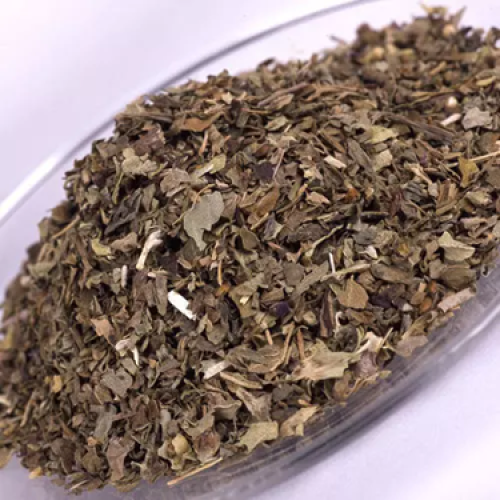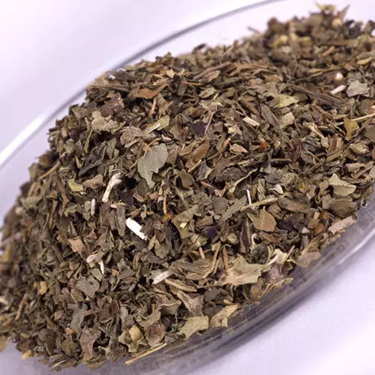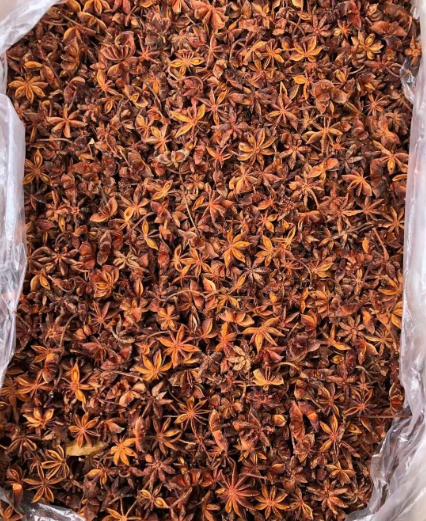

Products

Description:
Basil is a fragrant, leafy herb in the mint family (Lamiaceae), widely used in cooking around the world—especially in Italian, Thai, and Mediterranean cuisines.
🌱 Quick Facts:
-
Botanical name: Ocimum basilicum (sweet basil, the most common variety)
-
Common types:
-
Sweet basil – classic Italian type
-
Thai basil – spicy, anise-like flavor
-
Holy basil (Tulsi) – medicinal and spiritual use in Ayurveda
-
Lemon basil – citrusy aroma
-
-
Form: Fresh leaves (most common), dried leaves, or essential oil
👃 Flavor & Aroma:
-
Sweet basil: Sweet, peppery, and slightly clove-like
-
Thai basil: Spicy, with hints of licorice or anise
-
Holy basil: Stronger, more medicinal aroma
-
Dried basil: Milder and earthier than fresh, but still aromatic
🍽️ Culinary Uses:
-
Italian cuisine:
-
Essential in pesto, pasta sauces, Caprese salad, and pizza
-
-
Southeast Asian cuisine:
-
Thai and Vietnamese dishes like pho, curries, and stir-fries
-
-
Infused in oils, vinegars, teas, and even desserts
🔥 Pro Tip: Add fresh basil at the end of cooking to preserve its flavor.
🧪 Health Benefits (Traditional & Herbal Uses):
-
Contains antioxidants and anti-inflammatory compounds
-
May support digestion, immunity, and stress relief
-
Holy basil (Tulsi) is used in Ayurveda for adaptogenic benefits (stress reduction, balance)
🌿 Appearance:
-
Leaves: Bright green (or purple in some types), smooth or slightly wrinkled, oval-shaped
-
Growth: Small bushy plant, often grown in home gardens or pots
-
Fresh vs. dried: Fresh basil is more vibrant and aromatic; dried is milder and used in long-cooked dishes





